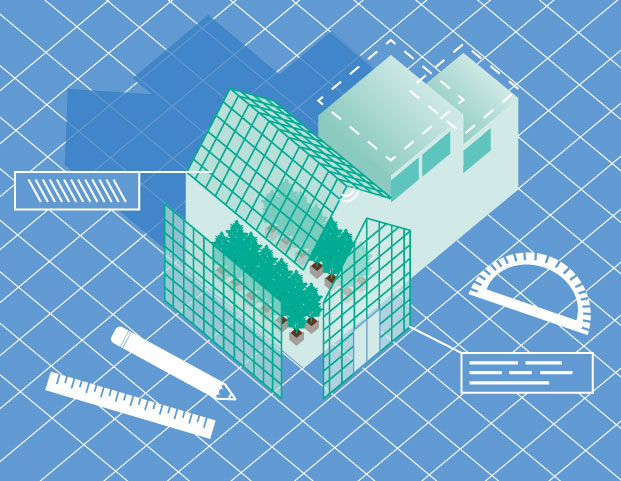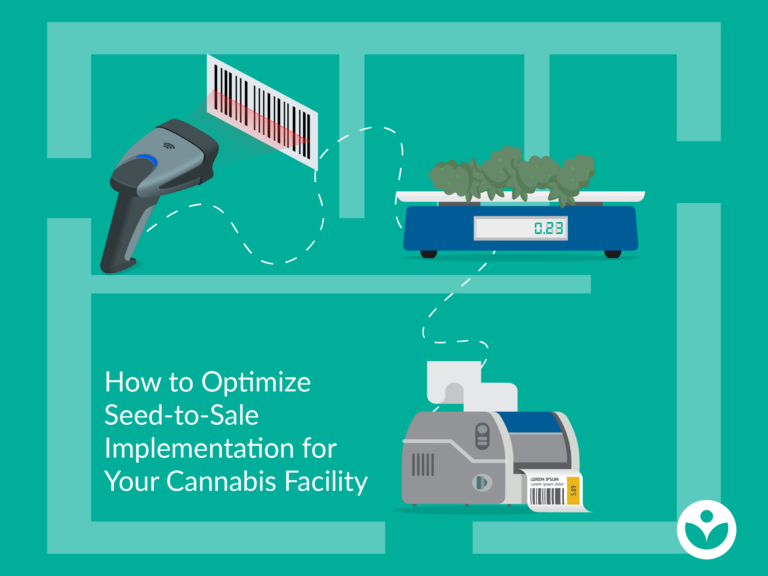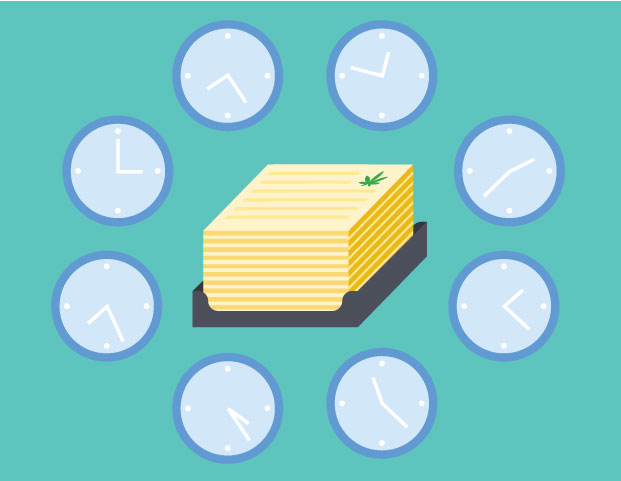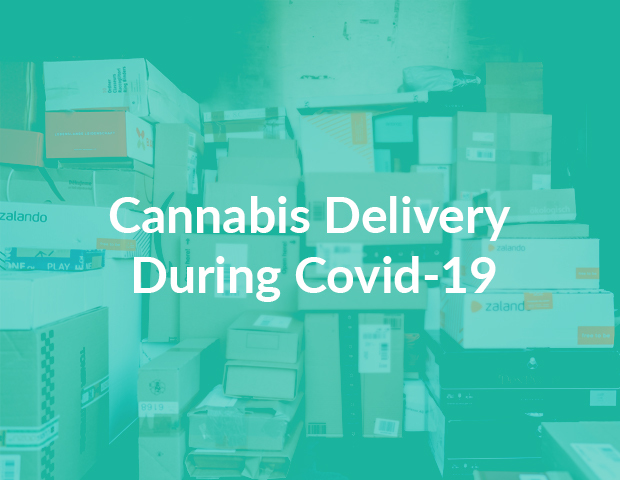
Regulation
How to Apply for a Cannabis Licence in Canada
If you’re interested in a Health Canada cannabis licence and you’re ready to graduate from ‘curious’ to ‘committed’, you’re in the right place. After you have identified which cannabis licence class types you want to pursue and reviewed the eligibility requirements, the next step is to get serious about your application.
Creating your application correctly the first time is an essential step in the cannabis licence journey. If you get something wrong, it might mean back to the end of the line — or in our case, the Health Canada cannabis application queue (a very, very long line).
We’re going to walk you through the details of what you need to know right before you start to prepare your application, as well as highlight some of the common and costly application-stage mistakes.
Step 1: Build your site
In May 2019, Health Canada announced that cannabis producers must have a fully-built site in order to be eligible to apply for a cannabis licence. This represents a significant change, even though no new requirements were introduced, because it increases the barrier to entry due to the costs of building a facility. The change was intended to make more efficient use of Health Canada’s application review resources and increase the predictability of licensing for applicants.
This change was substantiated with data provided from Health Canada that indicated over 70% of applicants who passed initial application reviews from the past three years had still not submitted evidence packages to prove they had built a fully compliant site. This new approach is also on-par with other regulated industries in Canada like pharmaceuticals and should prevent Health Canada from wasting time and resources on applicants that are not actually ready to operate as a cannabis licence holder.
So what implications does this have for someone who may just be starting to think about applying for a licence? Our best advice would be ‘start building now.’
From what we have seen with clients and other operators in the industry, it takes at least one year to complete the construction of a facility. So if you have hopes to sell any form of cannabis over the next two years, it would be wise to start your business plan as soon as possible.
You also may be wondering what exactly defines a ‘fully built site.’ This is a bit trickier to answer, as Health Canada has not provided any official descriptions, other than “applicants are required to submit a site evidence package with visual evidence to demonstrate the completion and functionality of their facility.”
Essentially, you want to think of it this way: If Health Canada came to inspect you the same day you submit your site evidence package, would you receive a passing score on Health Canada’s scoring system? That’s why we consider it advantageous to start your seed-to-sale software research early on during site construction, since this type of software can help you navigate all the requirements, and complete implementation before you submit your evidence package.
Step 2: Create a CTLS account
The Cannabis Tracking and Licensing System (CTLS) is essentially a command-center for your Health Canada cannabis licence application. This is where you will update key personnel, submit your application, and request application amendments if needed. If you receive your licence, you will continue to use the CTLS to renew your licence and, most importantly, submit your monthly cannabis tracking reports to Health Canada.
It’s a requirement for you and key personnel that will require security checks to create your own unique accounts. Unless you plan on running your business as a sole proprietorship, you must also create a corporate profile for the business.
The first step is to visit Health Canada’s CTLS access page, where you will have the option of registering an account via a GCKey or Sign-In Partner Account.
A GCKey is a unique, anonymous credential that protects communications with government services and programs hosted online. You can create a GCKey from this page, or use an existing GCKey login that you may have created for a different online government service, for example if you’ve ever signed up for student loans. The other CTLS login option is to use a Sign-In partner, which uses the same sign-in information for other trusted online services, such as your online bank account login, or credit card issuer login.
Once you are signed in, you will be directed to create your CTLS User ID, which you will use to login going forward. You can access more detailed information on creating a CTLS account at Health Canada’s CTLS Getting Started Guide.
Step 3: Start your application
The first step in starting your application is deciding which licence(s) you will be applying for. A research licence and analytical testing licence will require a separate application, but otherwise, you are free to apply for multiple licence classes at the same time.
The Health Canada chart pictured below is an excellent overview of the required areas you will need to provide for each licence class.
The full Health Canada Cannabis Licensing Application Guide has a comprehensive list of everything you’ll need to know and prepare. We are going to highlight some of the key areas to pay attention to that we’ve seen other companies miss or overlook.
Notable application requirements
6.4 Site details:
Areas: All areas where there will be some sort of activity taking place with cannabis must be identified and named, including outdoor areas.
It’s crucial to get this step correct from the start, as any change to any area that touches cannabis will require a licence amendment, resulting in a longer application wait time.
6.5 Site personnel:
There are several employees with specific positions that must be associated with your application. These employees must create their own CTLS accounts and pass thorough security clearances. These positions differ slightly based on licence class, but usually include the Head of Security, Master Grower and QAP (Quality Assurance Person). The QAP will also have to provide qualifications that prove they are capable of performing technical activities, including developing SOPs, analyzing test results, managing and testing for pests, among many other activities.
It’s important to think about these personnel requirements before selecting your core team you want to create your cannabis company with, as any security clearance failures can greatly slow down your application, or result in a denied application.
6.7 Notice to local authorities:
It’s a requirement to submit proof of contacting local authorities in the area you plan to operate your cannabis facility before submitting your application. The authorities include the local government, fire authority, and police force. Full details of what you must provide in the notice can be found here.
At this point, you want to think about how you can involve the local community. It’s essential to gather the support of the community you wish to operate in and educate them on your business plan, which should help the community and local government better understand your business so it doesn’t fall victim to stigma. We have seen several cases where hopeful licence holders are forced out of town at the local government level due to community distrust.
6.10 Record keeping (and reporting):
It’s a requirement to provide a detailed description of how you will meet the record-keeping requirements that will capture data on:
- Medical client registration information
- Filling of orders and refusal to fill orders
- Medical documents provided by clients
- Communication with provincial or territorial professional licensing authorities
This is typically one of the most difficult and time-consuming application requirements to create. Luckily, Ample Organics provides anyone interested in using our seed-to-sale software with detailed support documentation that can be easily included in your application. This support documentation has been used in over 100 successful cannabis licence holder applications in Canada. If you are considering applying for a licence in the near future and would like to access our proven cannabis recording keeping support documentation, just let us know.
Cannabis application tip
We highly recommend working with a reputable cannabis consultant or consultancy to guide you through requirements, best practices, and ultimately increase the chances of receiving a licence. Although it may seem like an extra expense, consultants who have gone through this process many times can help you avoid making expensive mistakes. This leaves you with more time to focus on how your business will differentiate itself in the already competitive cannabis market, while your consultant is ensuring all formalities are followed, and your application is setup for success.
If you’re not yet ready to apply, check out our “How to Become a Licensed Producer” article, where we explain what’s required to become a cannabis licence holder.


